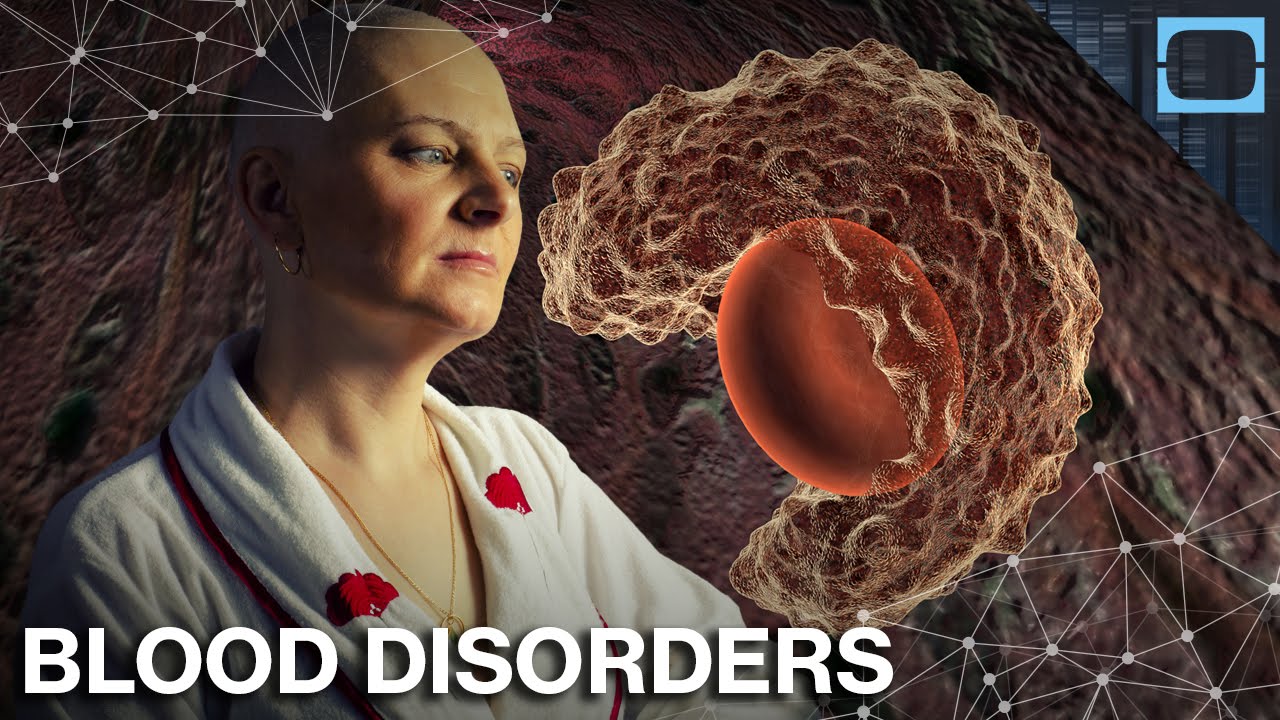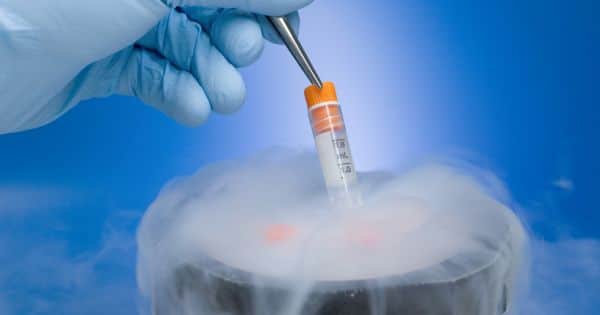Mar 13, 2017
Pain in the Neck: Using CRISPR to Prevent Tissue Damage and Neck Pain
Posted by Nancie Hunter in categories: bioengineering, biotech/medical, genetics
Bowles says. “We’re not changing what is in your genetic code. We’re altering what is expressed. Normally, cells do this themselves, but we are taking engineering control over these cells to tell them what to turn on and turn off.”
Now that researchers know they can do this, doctors will be able to modify the genes via an injection directly to the affected area and delay the degeneration of tissue. In the case of back pain, a patient may get a discectomy to remove part of a herniated disc to relieve the pain, but tissue near the spinal cord may continue to breakdown, leading to future pain. This method could stave off additional surgeries by stopping the tissue damage.
So far, the team has developed a virus that can deliver the gene therapy and has filed a patent on the system. They hope to proceed to human trials after collecting initial data, but Bowles believes it could be about 10 years before this method is used in patients.
Continue reading “Pain in the Neck: Using CRISPR to Prevent Tissue Damage and Neck Pain” »
















